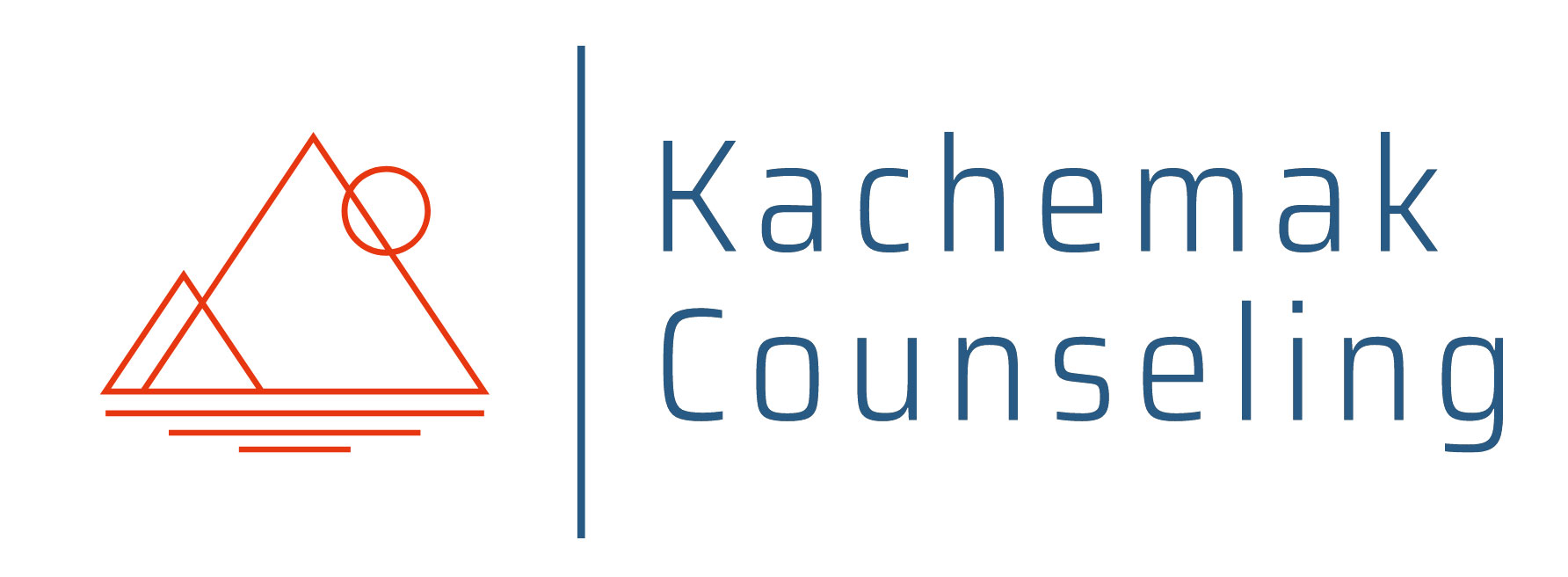Most of us engage in some type of repeated activity or behavior that provides a sense of soothing. But how does a person know when their habit has become an addiction? There is a fine line between the two based on factors such as time spent engaging in the behavior, chemical reactions in the brain, and whether or not one experiences withdrawal symptoms or tolerance.
HABIT OR ADDICTION?
Every habit, from exercising to eating a specific type of food, begins with something known as the “habit loop.” This starts with a certain trigger which leads to the habit, then inevitably causing a reward sensation in the brain. The average time it takes for a habit to stick and become part of your routine is 66 days. However, not all habits lead to addiction. Using to calm down, feel relaxed, and add pleasure to an experience or activity by itself doesn’t constitute addiction. We start using the “addiction” word when it becomes the only choice to function or enjoy an experience.
Addiction occurs when a person is no longer able to function properly without the activity or substance. “Functional impairment” is the gold standard for differentiating between habit and addiction. Functional impairment usually begins with loss of control over how much a person consumes or uses which leads to problems caused by the behavior, such as strained social relationships, occupational or academic decline, sleep and energy level changes, legal or financial problems, and poor overall mood and wellbeing.
Habits cross into the threshold of addiction when a person continues to indulge in a behavior despite functional impairment caused by their use. When a person is wondering whether they may have a problem with substances or certain processes, the first thing I assess are the various domains of their functioning.
FACTORS
Craving is also part of addiction and it goes beyond merely wanting. Craving is defined by powerful physical sensations, emotions, and a distressed focus on obtaining the substance. The brain has grown accustomed to the presence of the substance, and without it, imbalances in brain function create withdrawal symptoms. Tolerance is defined by needing more of a substance in order to achieve the same effect. Withdrawal and tolerance are the two hallmarks of addiction.
Any behavior that repeatedly stimulates the release of dopamine in the brain’s reward pathway can also form a habit. Of course, many everyday activities stimulate dopamine release: exercise, sex, eating tasty food, social engagement, to name just a few. When dopamine is released, we feel pleasure. Thus, the activity is rewarding and we want to do it again. When we use substances that give us a big bang of dopamine, the temptation to use is repeatedly strong. Our clever brains quickly associate the behavioral pattern with the sense of pleasure.
RECOVERY
Research has suggested that it takes 21 days to break a habit. However, depending on the reasons it became a habit in the first place, the connections in the brain that reinforce the habit can take longer to break. Addiction can be more difficult to treat. It is important to identify underlying causes first, followed by rehabilitative efforts to help rewire the brain and break the pattern. Some addictions require medical supervision to ensure a person’s physical safety during the detoxification process. Medication can also be a helpful tool. The interventions of medical support and pharmacotherapy are specific to the type of addiction and the individual. However, all addictions are common in that they are most successfully treated with psychotherapy.
Despite the dangers involved in addiction and the functional impairments it causes, the good news is that the brain is resilient and can recover from much of the damage caused by long term or high levels of use. Some substances can be permanently damaging, but many behavioral addictions and drugs of abuse don’t leave permanent brain scars.
It is important during the initial recovery period that a person has social support for a period of time while healing begins. During this vulnerable period of time the prefrontal cortex is often compromised. This can cause impaired decision-making, impulsivity, extreme emotional ranges, and emotional or physical discomfort. People often need help assessing situations, making plans, and exerting impulse control while reestablishing their functioning. The good judgment of a healthy brain takes a while to return.

